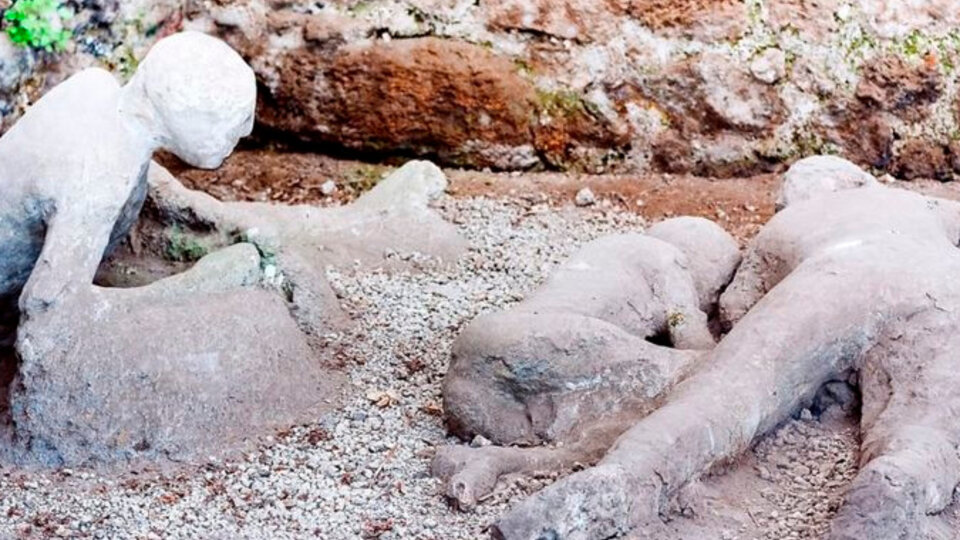
[ad_1]
The archaeologists who examined the skeletal remains of the victims of the eruption of Vesuvius in 79 AD at Herculaneum, they discovered that the ancient Romans had a differentiated diet according to sex, or women ate more animal products and locally grown fruits and vegetables, while men had access to more expensive foods, such as fish.
The researchers, led by the BioArCh team at the University of York in the UK, have developed a new approach to analyze amino acids, the building blocks of proteins, from 17 adult skeletons found after the eruption of Vesuvius in 79 AD.
By measuring the isotopes of carbon and nitrogen in amino acids in bones, they were able to reconstruct the diets of people who lived during the same time in much more detail than previously thought, as has been shown. published in the journal Science Advances.
Lead author Professor Oliver Craig, director of BioArCH in the Department of Archeology, pointed out that “The remains of those who perished at Herculaneum in AD 79 provide a unique opportunity to examine the ways of life of an ancient community that lived and died together.”
And he clarifies: “Historical sources often allude to differences in access to food in Roman society, but they rarely provide direct or quantitative information. We found significant differences in the proportions of marine and terrestrial foods consumed between men and women, which implies that access to food was differentiated by sex ”.
A total of 340 individuals were exhumed from the beach and nine adjacent fornici (stone vaults) parallel to the seashore in Herculaneum, near Pompeii, where people took refuge against the pyroclastic flow.
The difference between what women and men ate
The researchers said they were able to more accurately quantify the gender difference within the group, since the males got, on average, approximately 50 percent more dietary protein from shellfish compared to women.
Men also got a slightly higher proportion of protein from grains compared to their female peers, while women got a higher proportion of protein from animal products and locally grown fruits and vegetables. .
Lead author Silvia Soncin, a doctoral student in the Department of Archeology, noted that this research is based on information that men had better access to marine fish in Herculaneum and more widely in Roman Italy.
“Men were more likely to engage directly in fishing and maritime activities, generally held more privileged positions in society, and freed themselves from slavery at an earlier age, giving them better access to expensive products, such as fresh fish “, He described.
Using their new approach, the researchers were able to more precisely quantify old diets so that they could be compared to recent nutritional records.
The team suggested that fish and shellfish contributed more to the Herculaneum diet compared to the modern average Mediterranean diet, which is increasingly dominated by animal products. Instead, a similar proportion of grain was consumed between ancient and modern.
.
[ad_2]
Source link
 Naaju Breaking News, Live Updates, Latest Headlines, Viral News, Top Stories, Trending Topics, Videos
Naaju Breaking News, Live Updates, Latest Headlines, Viral News, Top Stories, Trending Topics, Videos